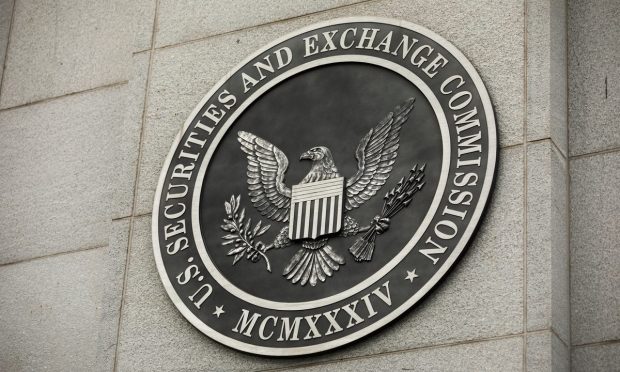SEC’s Gensler Urges Cryptos to Work With Regulators for ‘Market Integrity’

Gary Gensler, U.S. Securities and Exchange Commission (SEC) chair, said regulators’ harsh stances against cryptocurrency made sense because of the high hype levels, a Tuesday (Nov. 2) report from MarketWatch said.
Gensler said investors of crypto lack the protection they’d get by investing in things like stocks and bonds.
Speaking for an interview with the Securities Industry and Financial Markets Association’s annual meeting, Gensler said there are “a lot of investors reaching for yield … but these platforms right now, generally, have not come into either the Commodity Futures Trading Commission or the SEC to be within an investor protection framework.
“And without that, you don’t have the market integrity, you don’t have the efficiency in competition or, frankly, resiliency,” he said, per the report.
Gensler added that even if new laws were made from the President’s Working Group on Financial Markets recommendations for stablecoins regulations, the SEC would “be very active in trying to bring this market into what I’d call the investor protection framework.”
See also: President’s Working Group: Stablecoin Risks Warrant Legislation
Gensler also reportedly defended the recent move by the Basel Committee on Banking Supervision, which proposed that banks had to set aside enough capital to cover fully any bitcoin or crypto-related losses. That’s in spite of the fact that the rules might discourage regulated banks from dealing in crypto at all.
He called that move “like seed investing in venture capital,” saying it was still early and several cryptocurrencies have failed.
Last month, Gensler also made news when he said the U.S. wasn’t going to ban crypto, but that he thinks the digital coins need investor protections.
Read more: SEC’s Gensler Says Crypto, SPACs Need ‘Investor Protections’
Gensler called himself “technology-neutral” and said tech can be a catalyst for change if it is brought under an umbrella of regulations.
In his estimation, the SEC needed to look into how it could work with other financial regulators to add investor protections, and which gaps the SEC could fill.
